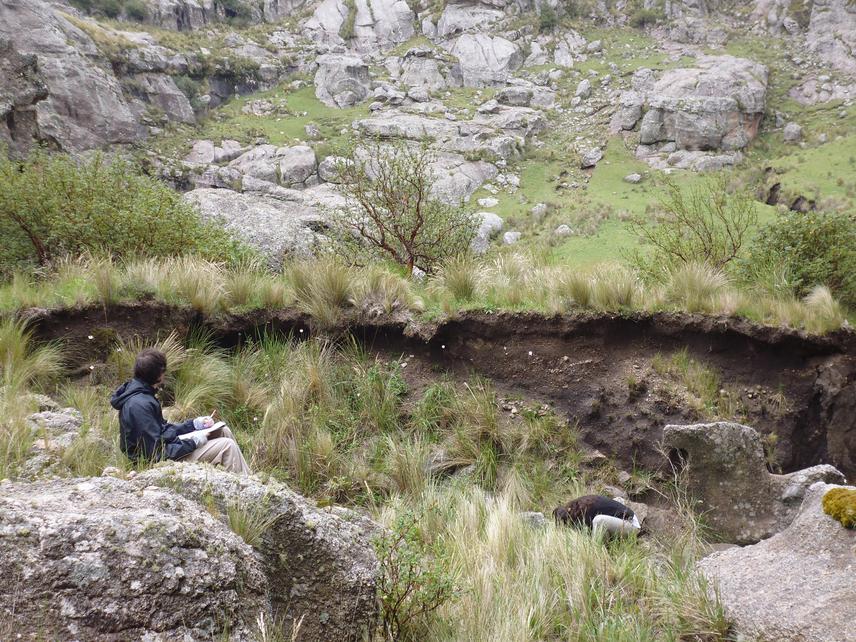María Lucrecia Herrero
Our main objective is to contribute to nature conservation through the increase in the knowledge about the best techniques to plant native species and the formation of environmentally conscious volunteers.

Evaluation use of natives plants for restoration of gully.
In the mountains of central Argentina the removal of forest for tourism development, real estate projects, mining and livestock farming have changed the structure of the vegetation. These changes trigger alterations in soil hydrology and a functional landscape that efficiently captures, retains, and utilizes water and nutrients eventually turns into a dysfunctional one that no longer can efficiently capture these resources.
Ecological restoration is an initiative that fosters the sustainable recovery of ecosystems that have been degraded, damaged, or destroyed. In the mountains of central Argentina is important to adopt restoration measures aimed to stop or slow the degradation process. However, the native plant species that can be established and the techniques that are suitable for successful re-vegetation in degraded lands of central Argentina are unknown. Reforestation programs of local government are using exotic species to remedy different degraded sites, like roadsides, public woodlands, abandoned quarries and burned areas, among others, due to poor knowledge of native species and the lack of their seed sources.
In this project we want to get information about the best techniques for forest restoration and to develop an environmental education program. Specifically, we will make re-vegetation in erosion gullies, reforest with native tree and shrub species in different sites of Córdoba Mountains, in central Argentina, get information about the best techniques of restoration and transmit this knowledge to different levels in the community. This proposal tackles this basic necessity by directly promoting science and practice in an integrated manner and with a positive attitude. Additionally we propose to promote the participation of volunteers in activities in order to stimulate the formation of new conservation leaders and train them in restoration techniques.